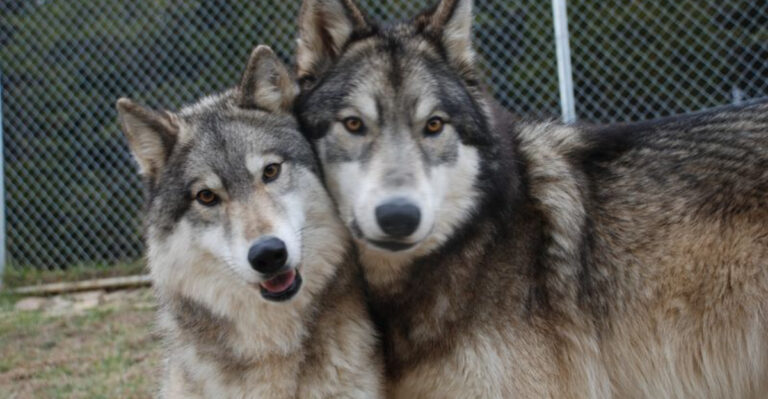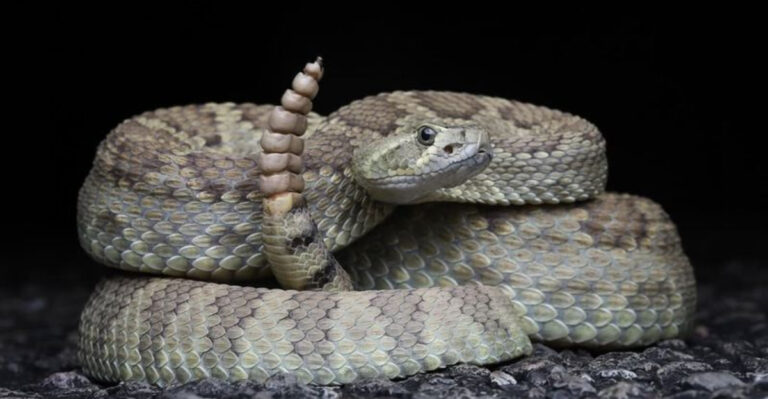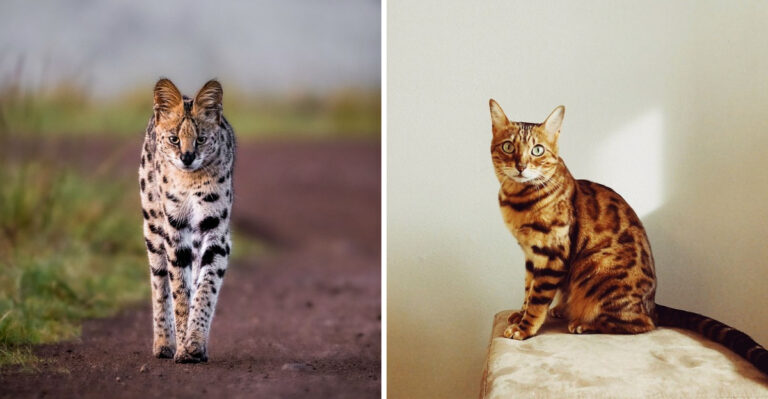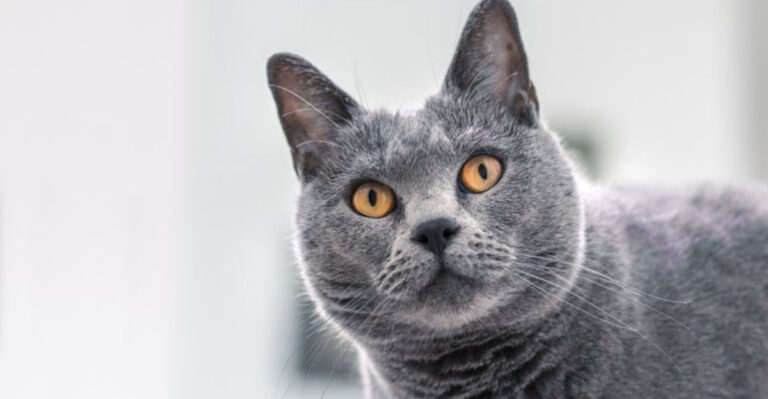Meet 15 Of The World’s Most Beautiful Red Animals
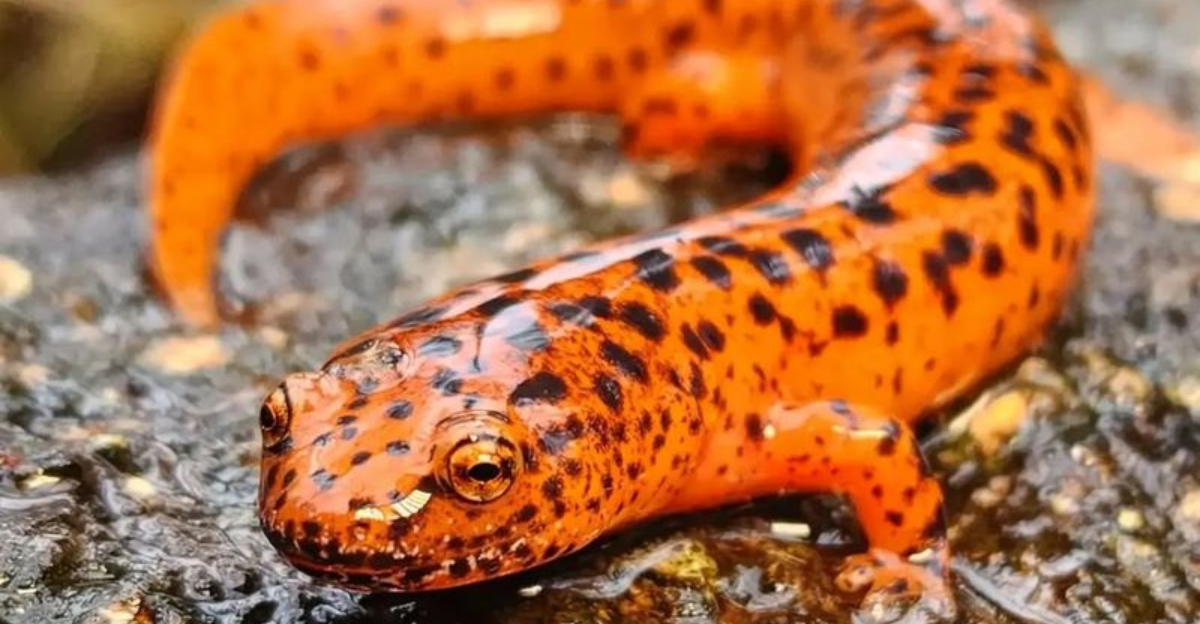
Prepare to be dazzled by nature’s vibrant palette as we introduce you to thirteen of the world’s most striking red animals.
From the lush forests to the deep oceans, these creatures boast a unique hue that sets them apart from the rest. Join us on this colorful journey and let’s see what makes these red wonders so captivating.
1. Red Lory
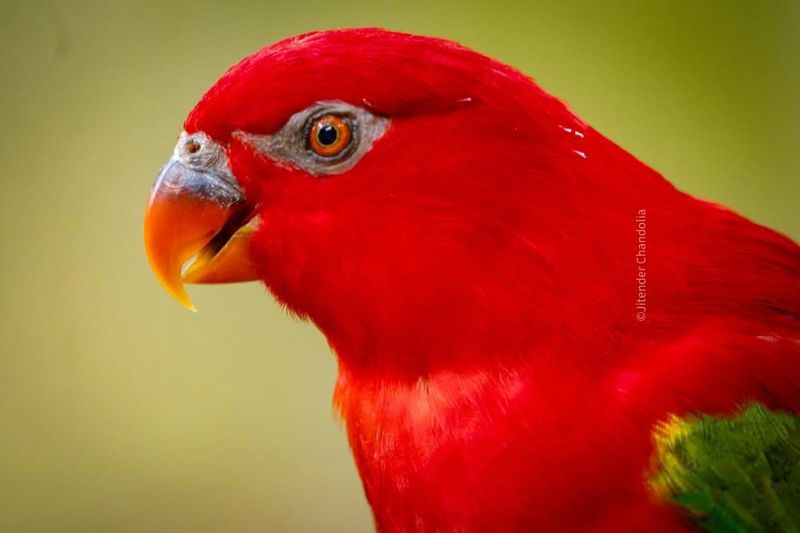
The Red Lory, native to Indonesia, is a bird that captivates with its dazzling red plumage. Their feathers are not just for show; they are perfectly adapted for life in the tropical forests.
These birds are known for their playful nature and intelligence. They often travel in flocks, filling the air with their lively chatter.
The Red Lory’s diet consists mainly of nectar and fruits, which they are adept at finding with their brush-tipped tongues.
Their presence in the forest is vital, as they aid in pollination and seed dispersal. Watching a Red Lory in flight is like witnessing a burst of color streaking across the sky, a testament to the diversity of life in the tropics.
2. Red Panda
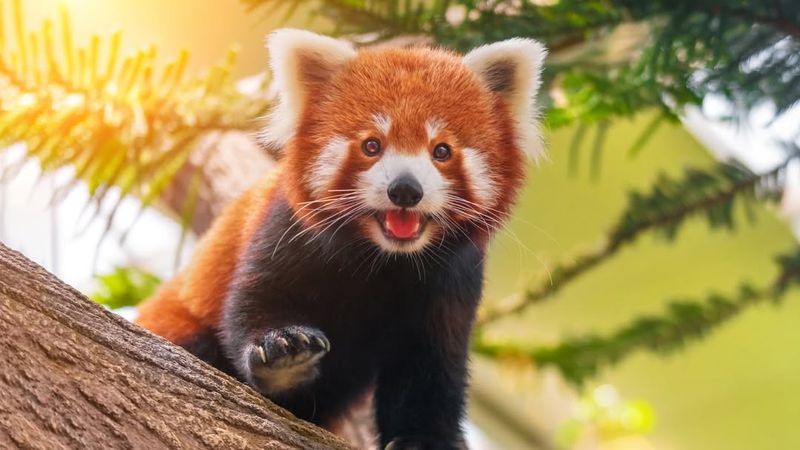
Imagine a fluffy tail and a mischievous grin.
That’s the red panda for you! While not a part of the bear family, these cuddly creatures steal the show with their reddish-brown fur and charismatic charm. Found in the Himalayas, they navigate the trees with agility, munching on bamboo.
Their playful antics and adorable appearance make them a favorite at zoos worldwide.
Despite their cuteness, red pandas face threats from habitat loss. Conservation efforts continue to ensure these charming animals remain part of our world.
3. Red Velvet Ant
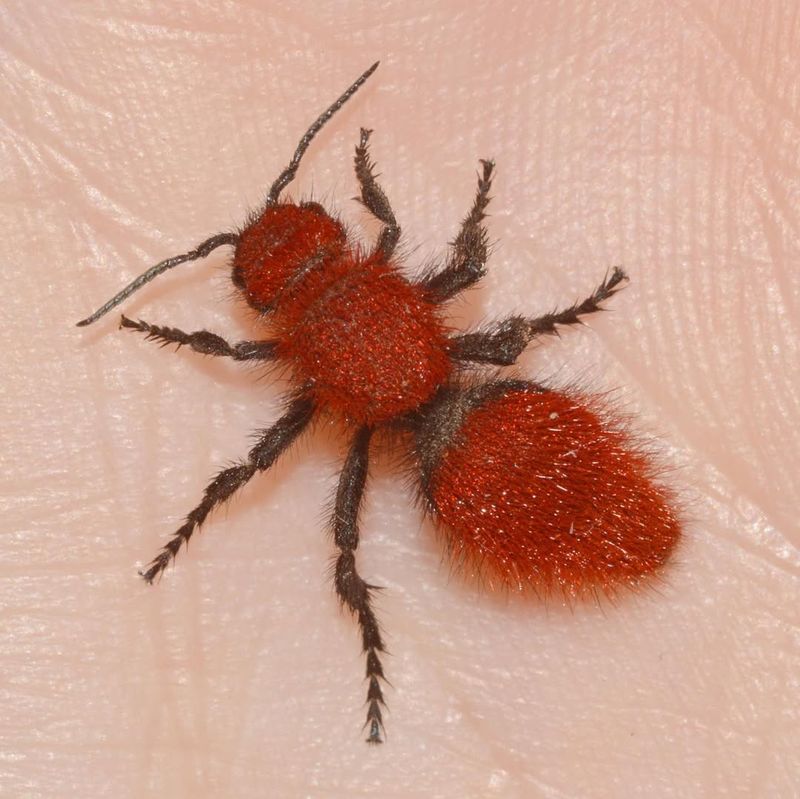
Don’t let the name fool you; the red velvet ant is actually a wasp!
Known for its striking red and black coloration, this insect is as tough as it is beautiful. Despite its small size, the female packs a powerful sting, earning it the nickname “cow killer.”
Found in the southern United States, they’re often spotted scurrying across sandy paths.
Admiring their beauty from a distance might be the best choice unless you’re a fan of painful encounters. Nature surely has its unique way of presenting elegance!
4. Red Salamander
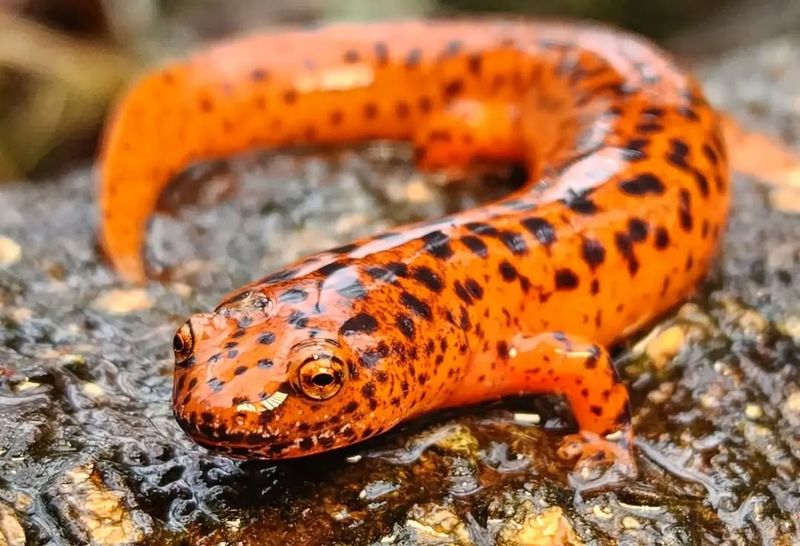
Ambling through forests in the Eastern United States, the red salamander is a sight to behold with its fiery orange-red skin.
These amphibians prefer moist habitats, often hiding under rocks and logs to keep their skin damp.
Although they look delicate, their bright coloration serves as a warning to predators: “I’m not tasty!”
This vibrant hue is due to the presence of carotenoid pigments in their skin. It’s a nature’s way of showcasing a masterpiece, blending beauty with survival strategy.
5. Cardinal
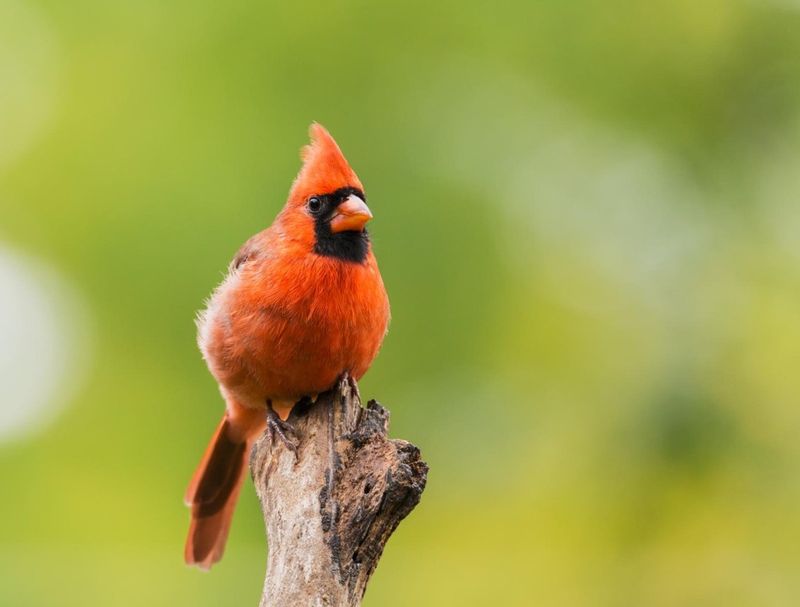
A splash of red amidst winter’s grey, the cardinal stands out brilliantly. Known for its melodic songs and striking appearance, this bird is a favorite among birdwatchers across North America.
Males flaunt bright red feathers, while females sport a more subdued brown with red accents.
These birds are not just beautiful; they’re also attentive partners, often seen sharing food with their mates. Cardinals add a touch of color and song to both backyards and wild forests.
6. Tomato Frog
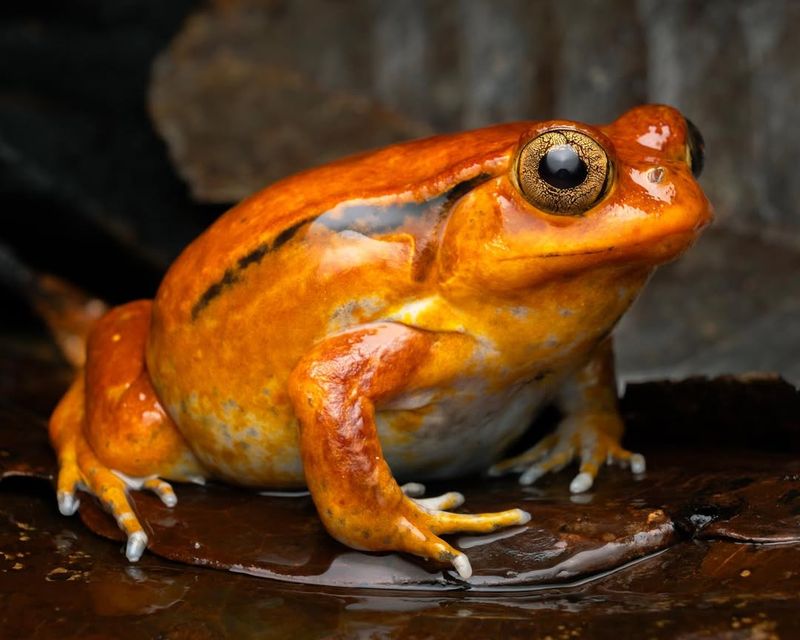
In Madagascar, the tomato frog shows off its bright red-orange skin, resembling a ripe tomato ready to be picked. This amphibian uses its vibrant color to warn predators that it’s not good to eat.
When threatened, it secretes a sticky substance that can glue a predator’s mouth shut.
Living in swamps and slow-moving rivers, these frogs are experts at camouflage despite their flashy color. The tomato frog’s life is a fascinating blend of boldness and clever survival tactics.
7. Red Lionfish
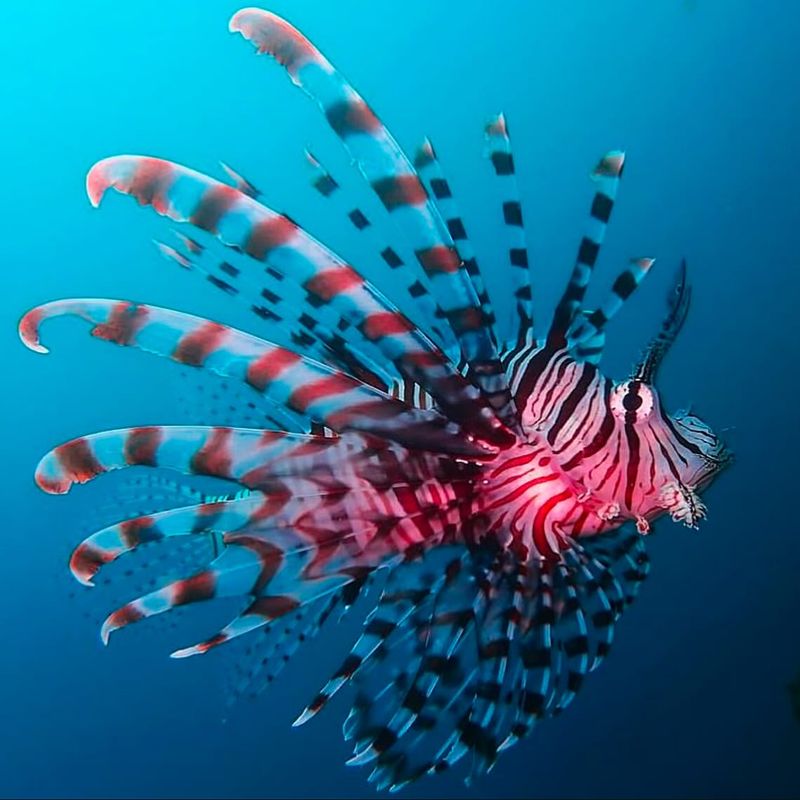
The red lionfish is as beautiful as it is dangerous.
Sporting long, flowing fin rays and striking red-and-white stripes, it glides through coral reefs with grace. Native to the Indo-Pacific, this fish is a master of ambush, using its beauty to lure in prey.
Unfortunately, its introduction to non-native waters has led to ecological challenges. Efforts to control their population continue, ensuring that this striking fish remains a wonder rather than a threat to marine diversity.
8. Red Kangaroo
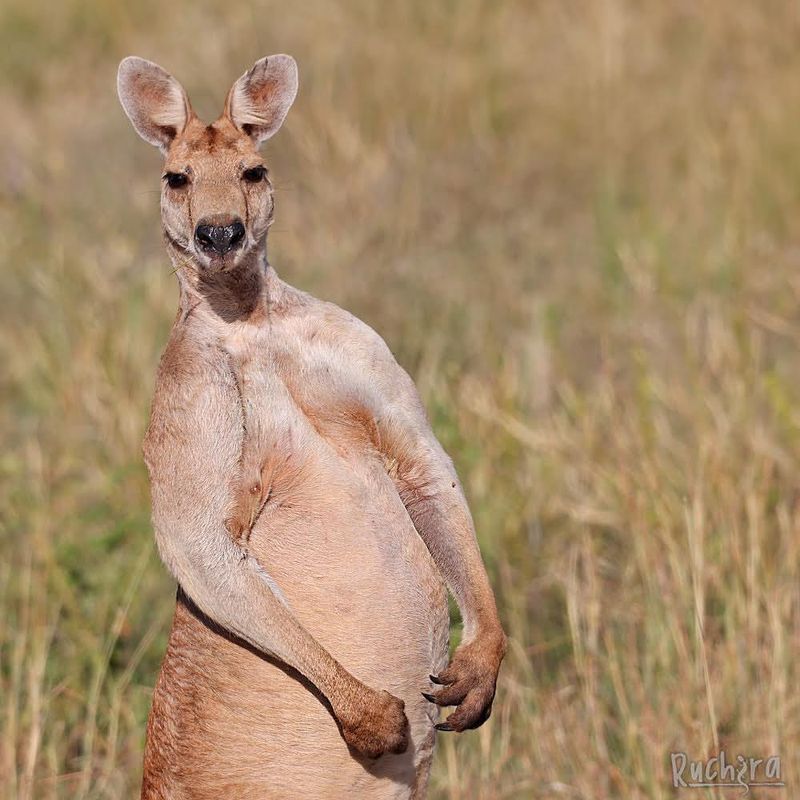
Hopping across the vast Australian outback, the red kangaroo is a marvel of strength and grace. As the largest marsupial, the males’ reddish fur gives them their name, while females usually have a bluish-grey hue.
These kangaroos are built for speed and endurance, capable of jumping great distances. Their strong hind legs propel them forward, making them fascinating to watch.
Whether they’re grazing or bounding across the plains, red kangaroos are a symbol of Australia’s wild beauty.
9. Scarlet Macaw
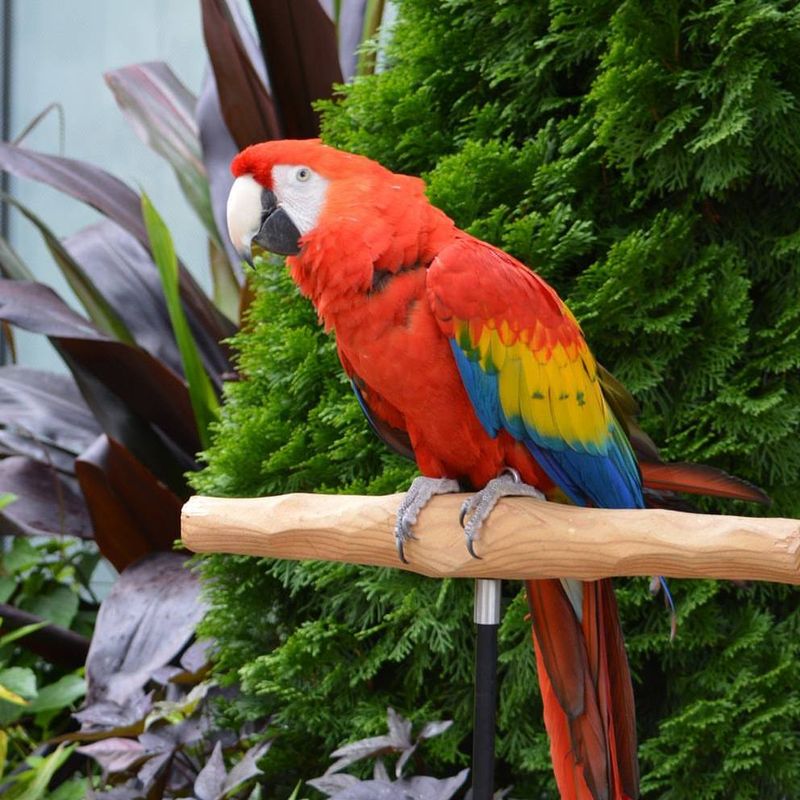
High above the rainforest canopy, the scarlet macaw makes its vibrant entrance.
With a dazzling mix of red, blue, and yellow feathers, it commands attention wherever it goes. These intelligent birds are highly social, often seen flying in pairs or flocks.
Their loud calls and playful nature make them a favorite among bird enthusiasts. However, habitat destruction poses a threat to their numbers.
10. Red-Bellied Piranha
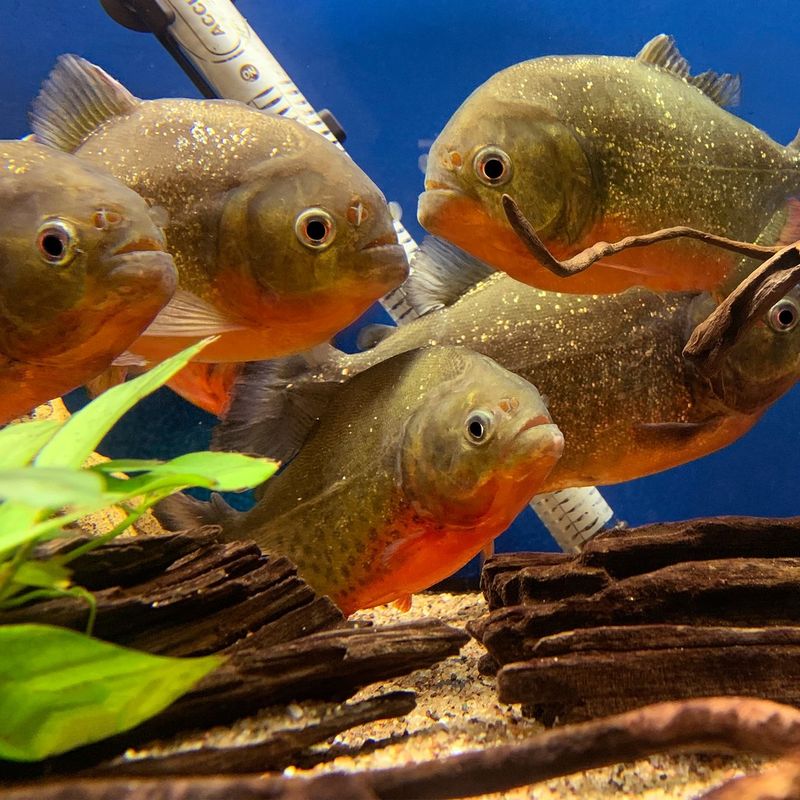
In the murky waters of the Amazon, the red-bellied piranha swims with an intimidating reputation.
Its sharp teeth and red-orange belly make it a fearsome sight. Despite their fearsome image, these fish are more scavenger than hunter, often feeding on plants and carrion.
Their presence is vital to the ecosystem, cleaning up the waterways of dead matter. While their feeding frenzies are the stuff of legends, red-bellied piranhas play a crucial role in maintaining ecological balance.
11. Crimson Rosella
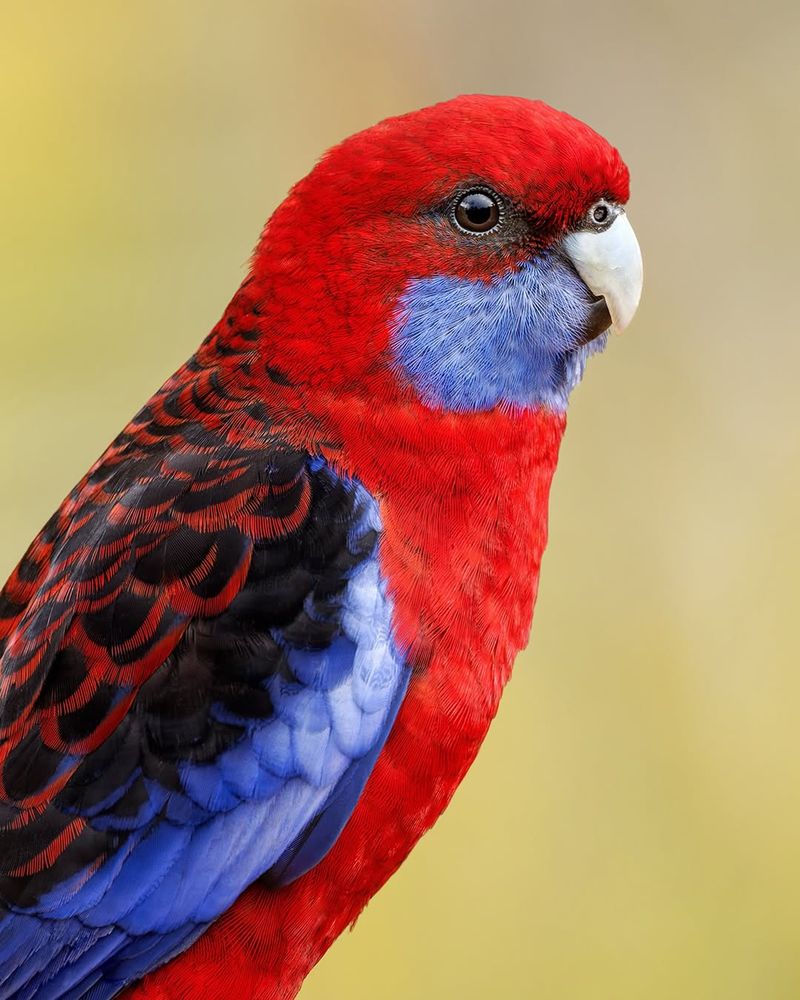
With a flash of crimson and blue, the crimson rosella makes its presence known in Australian gardens and forests. These parrots are not just about looks; they’re also gifted mimics and can imitate various sounds.
Their striking color and charming antics make them a delight to observe. They often visit feeders, bringing a splash of color and life.
With their friendly demeanor, crimson rosellas are beloved by birdwatchers and nature lovers alike.
12. Red-Eyed Tree Frog
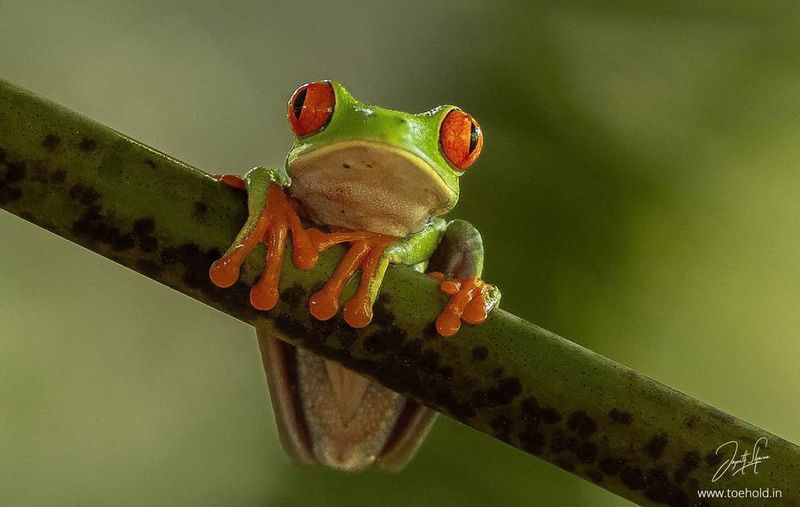
In the tropical rainforests of Central America, the red-eyed tree frog is a master of disguise. With its vivid red eyes and bright green body, it can vanish among the leaves in the blink of an eye.
These frogs are nocturnal, using the cover of night to hunt for insects.
Their striking eyes are not just for show; they startle predators, giving the frog a split-second to escape. It’s a perfect blend of beauty and clever adaptation.
13. Red-Billed Firefinch
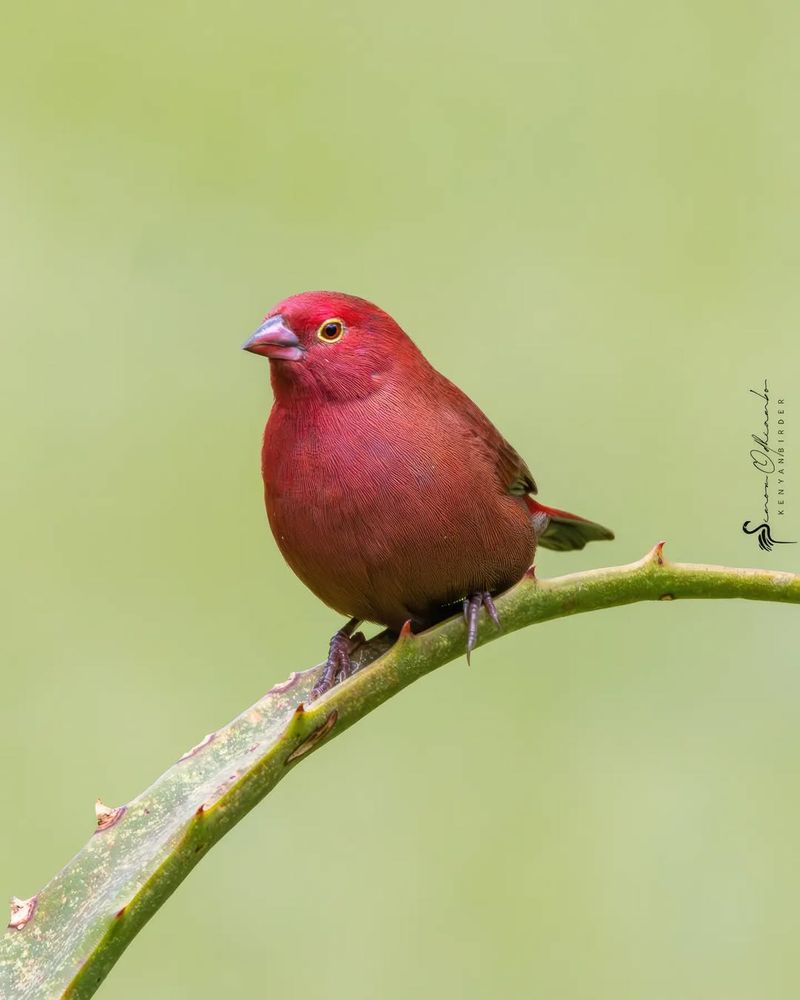
Amidst the African savanna, the red-billed firefinch stands out with its scarlet feathers and delicate build. This small bird is often found in pairs, flitting about in search of seeds and insects.
Their cheerful songs and vibrant appearance bring a splash of color to the dry landscape.
They are adept at adapting to human habitats, often seen around villages. The firefinch’s presence is a reminder of nature’s vitality even in harsh environments.
14. Western Red Colobus
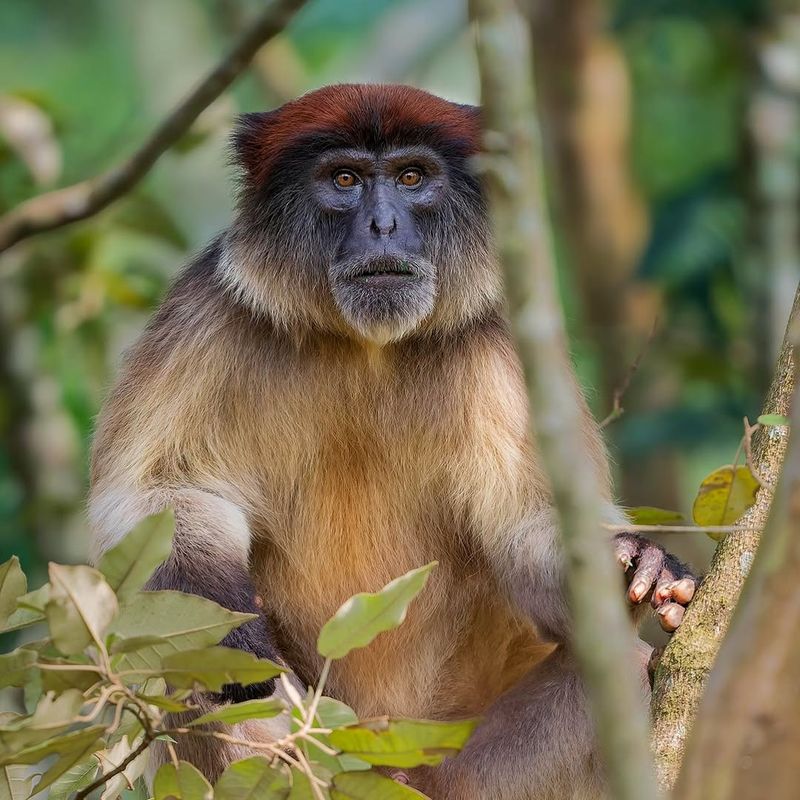
In the lush forests of West Africa, the western red colobus monkey swings through the trees with effortless grace. Their reddish-brown coats make them easily recognizable as they travel in noisy troops.
Known for their complex social structures, these monkeys communicate with a variety of vocalizations. Habitat destruction threatens their numbers, prompting conservation efforts.
Their playful nature and social bonds offer a glimpse into the intricate world of primate life.
15. Red Fox
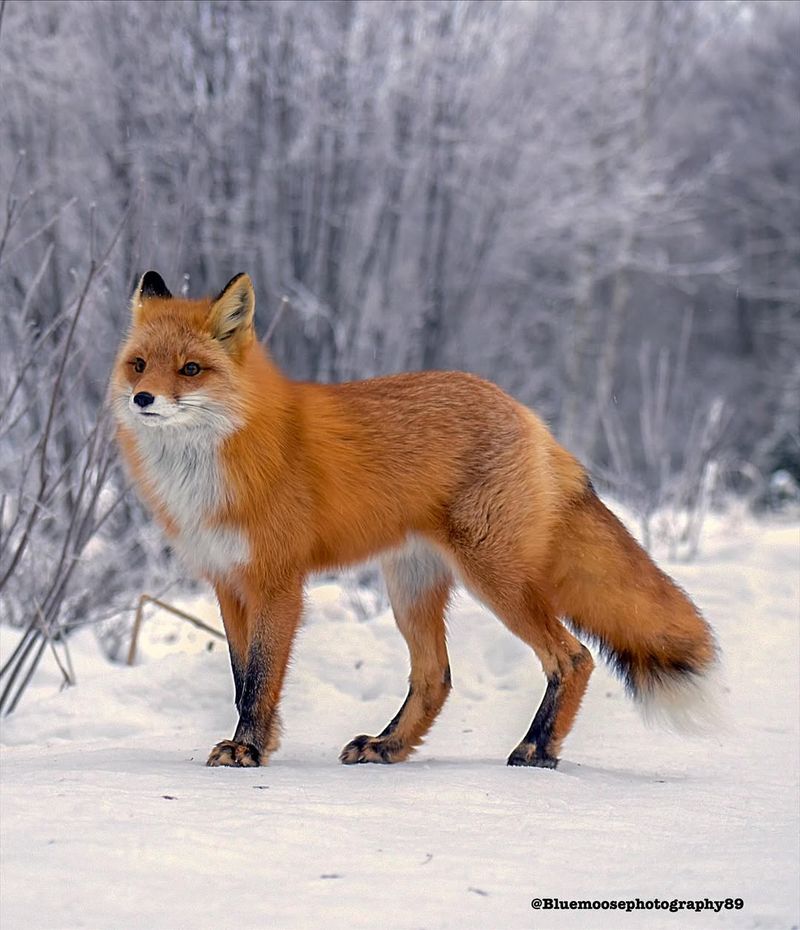
The red fox, with its bushy tail and distinctive reddish-orange fur, is a symbol of cunning and adaptability.
Found across the Northern Hemisphere, these clever mammals thrive in diverse environments, from forests to urban areas.
Their resourcefulness and intelligence have made them a focal point of folklore and storytelling.
Red foxes are skilled hunters, using their keen senses to locate prey. Their presence in various cultures highlights their enduring appeal and fascinating mystery.


